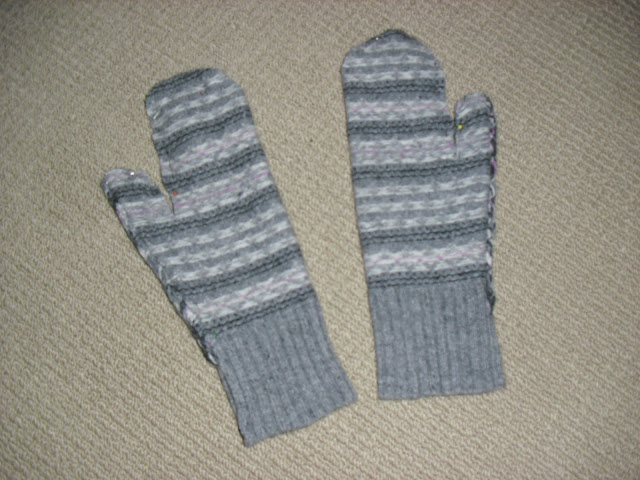To make 16-20 medium to large gingerbread biscuits you will need the following ingredients:
- 350g plain flour
- 75g caster sugar
- 75g dark soft brown sugar
- 100g unsalted butter
- 1 egg
- 3 tbsp golden syrup
- 1 tsp bicarbonate soda
- 2 tsps ground ginger
- 1 tsp ground cinnamon
- a tiny pinch of salt
- Icing sugar, water, food colouring and sprinkles etc (if you fancy) for the biscuit decoration
- Set the oven to 180 degrees C (350 F/gas mark 4) and simply mix all the dry ingredients together in a large bowl while making sure there are no lumps of dark brown sugar left in the mix.
- Make a well in the middle and mix in all the remaining ingredients (a bit of olive oil on the measuring spoon stops the golden syrup from sticking), then using your hands form the mixture into a ball of dough.
- Roll out the dough on a floured surface, with a floured rolling pin, until it's about 5mm thick.
- Cut out your biscuits and remember to make holes in the top before they go into the oven if you are planning on hanging the biscuits up as decorations. Place on greased and lined baking trays and cook for 9-10 minutes, checking regularly until they are light golden brown.
- Let the biscuits cool on the baking trays before turning them onto a wire cooling rack. Check to make sure the holes haven't closed up.
- When they are completely cool, follow instuctions on the side of your icing sugar box to make icing and pipe onto the biscuits into Christmassy designs!
I went for "Merry Christmas" written on the gingerbread biscuits and strung up on string as a garland.
Alternatively, you can attach string or ribbon to individual biscuits and give them as smaller gifts for friends and family:
Have a SSSSSSSSSSuper Christmas!!




















































